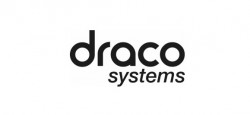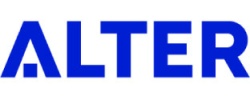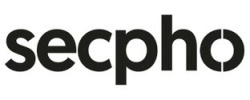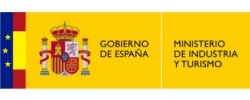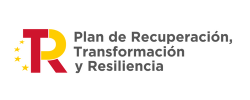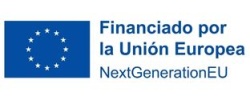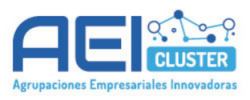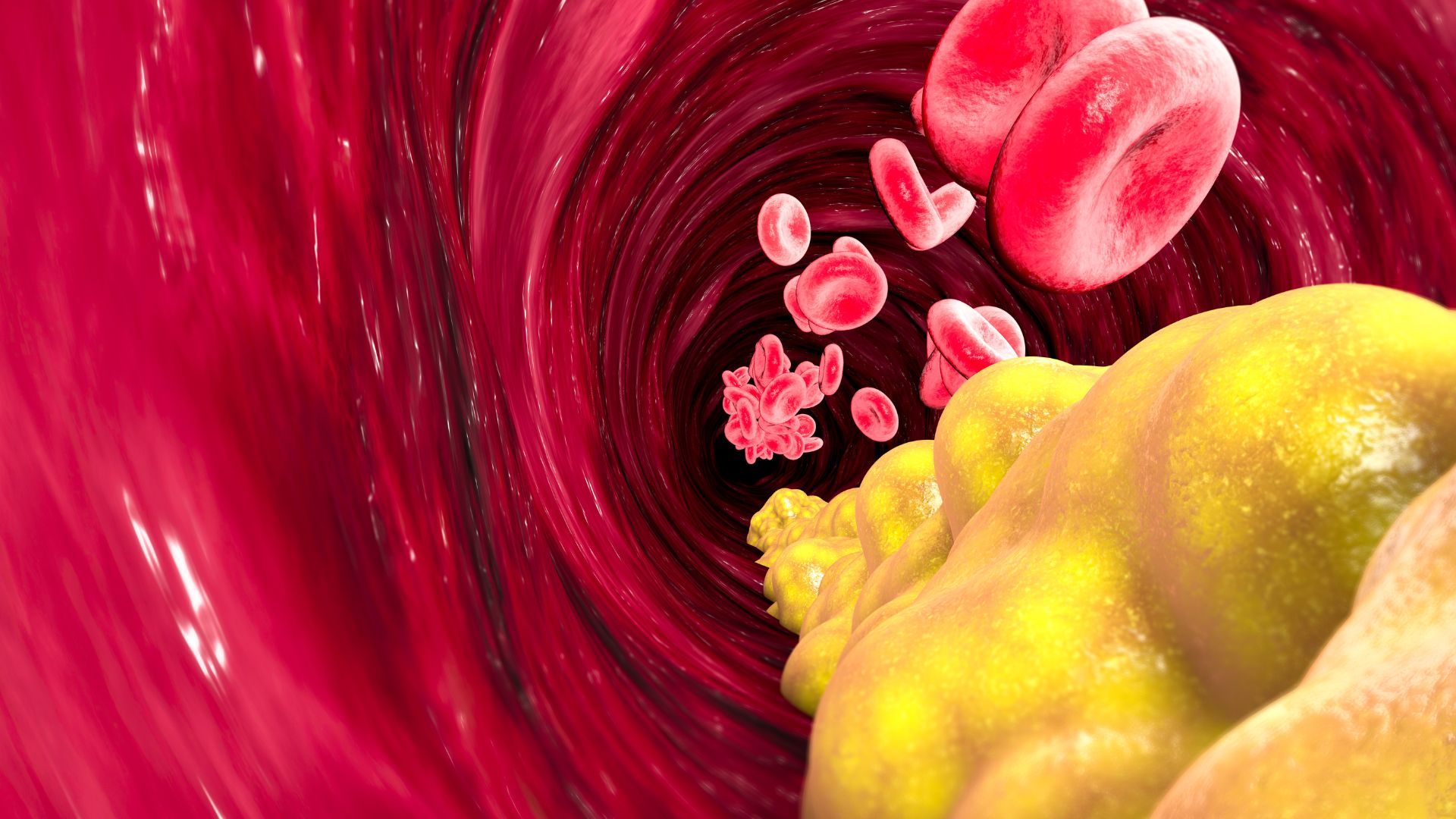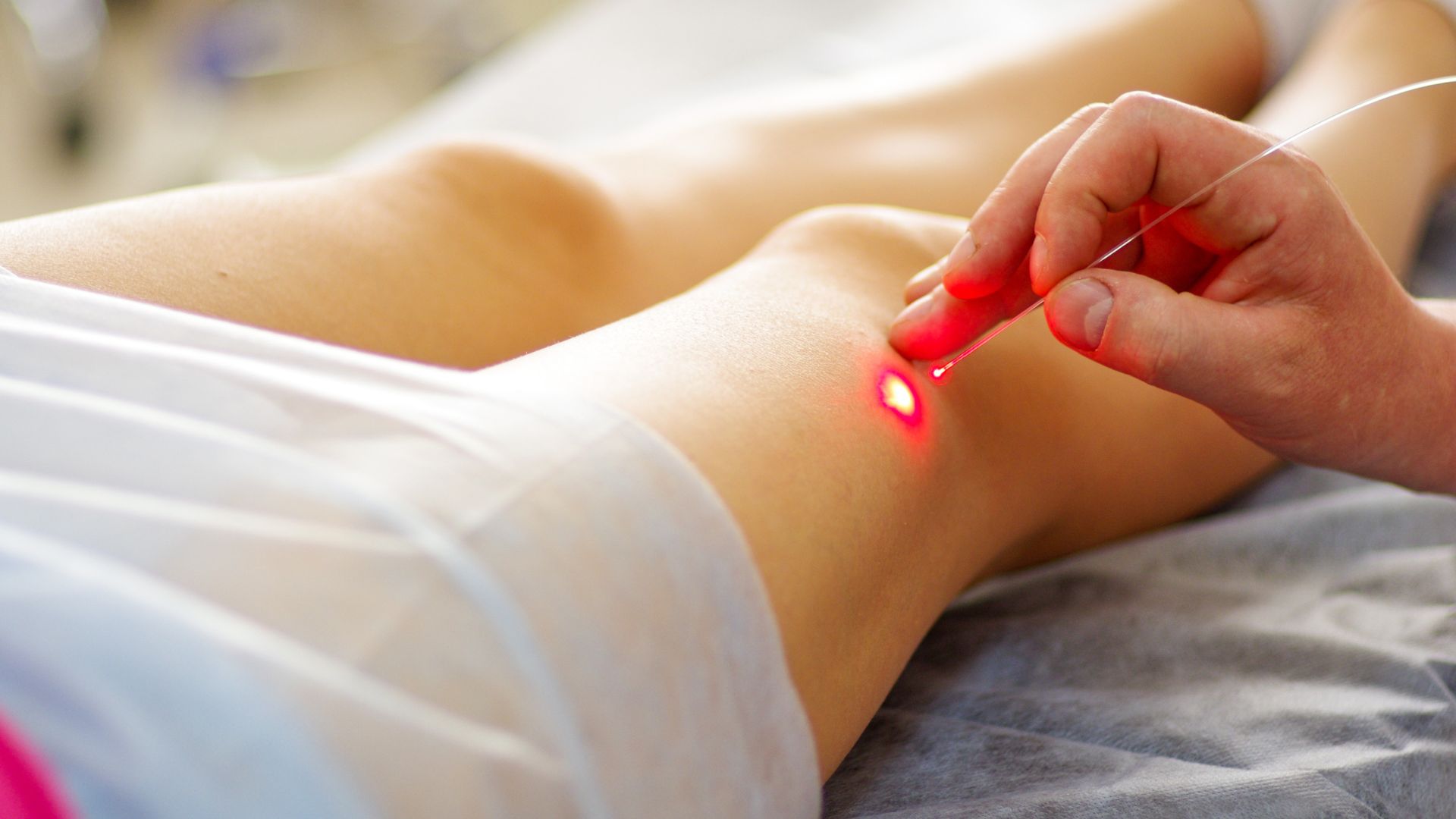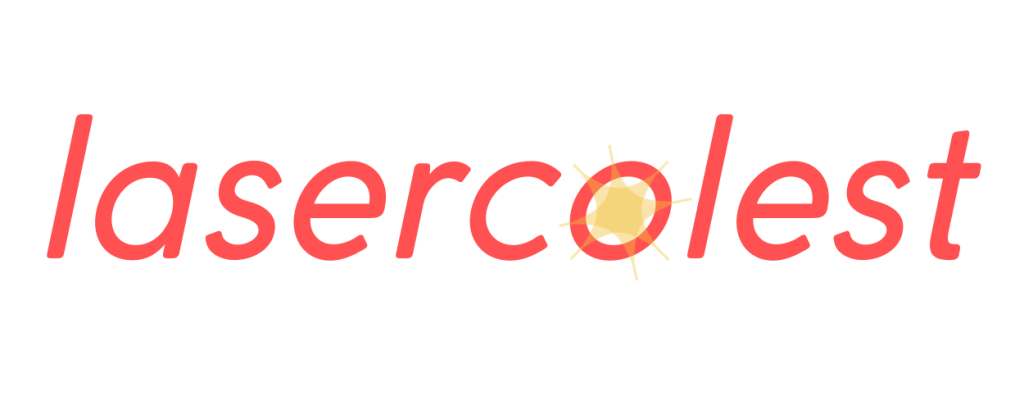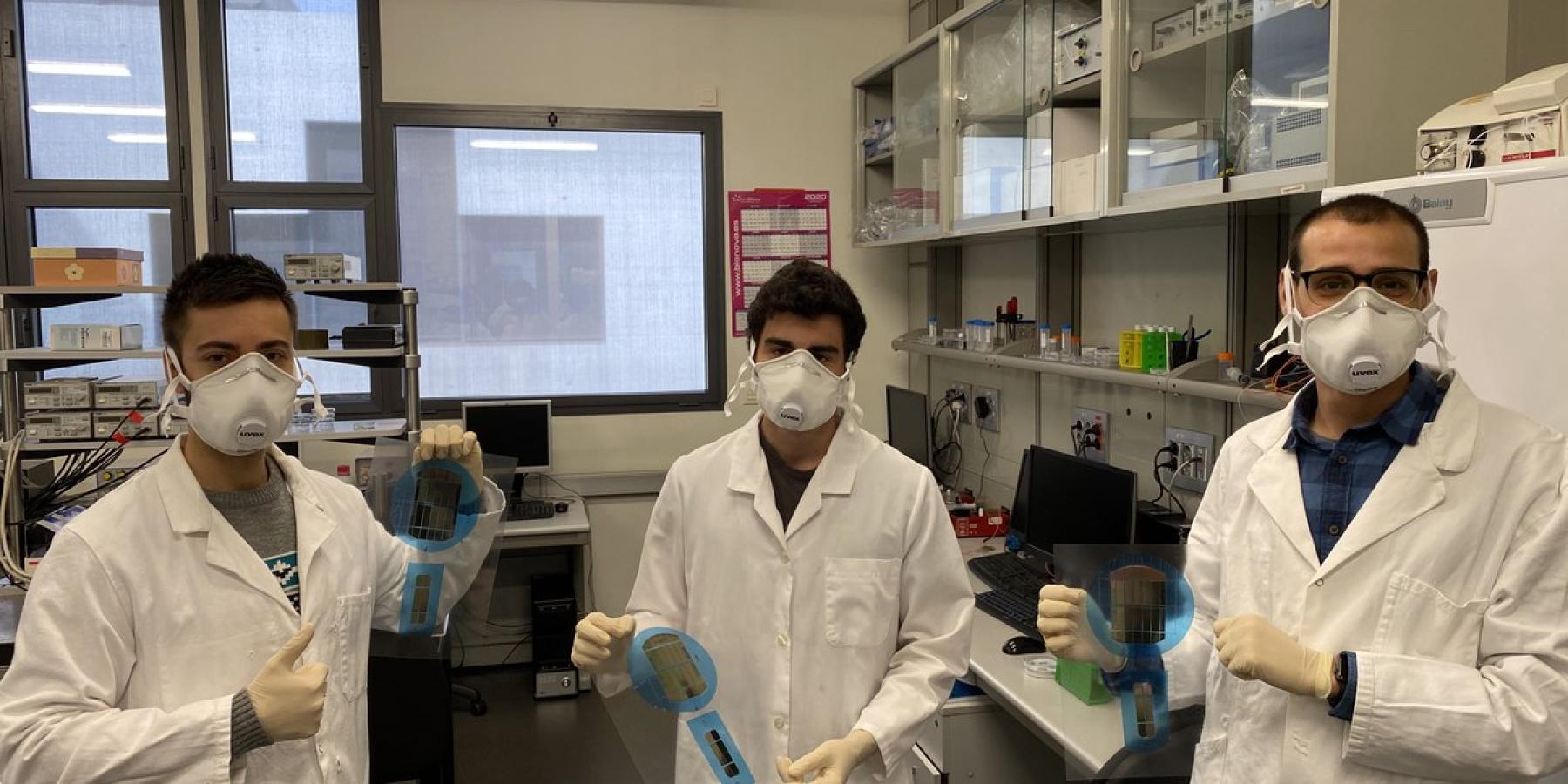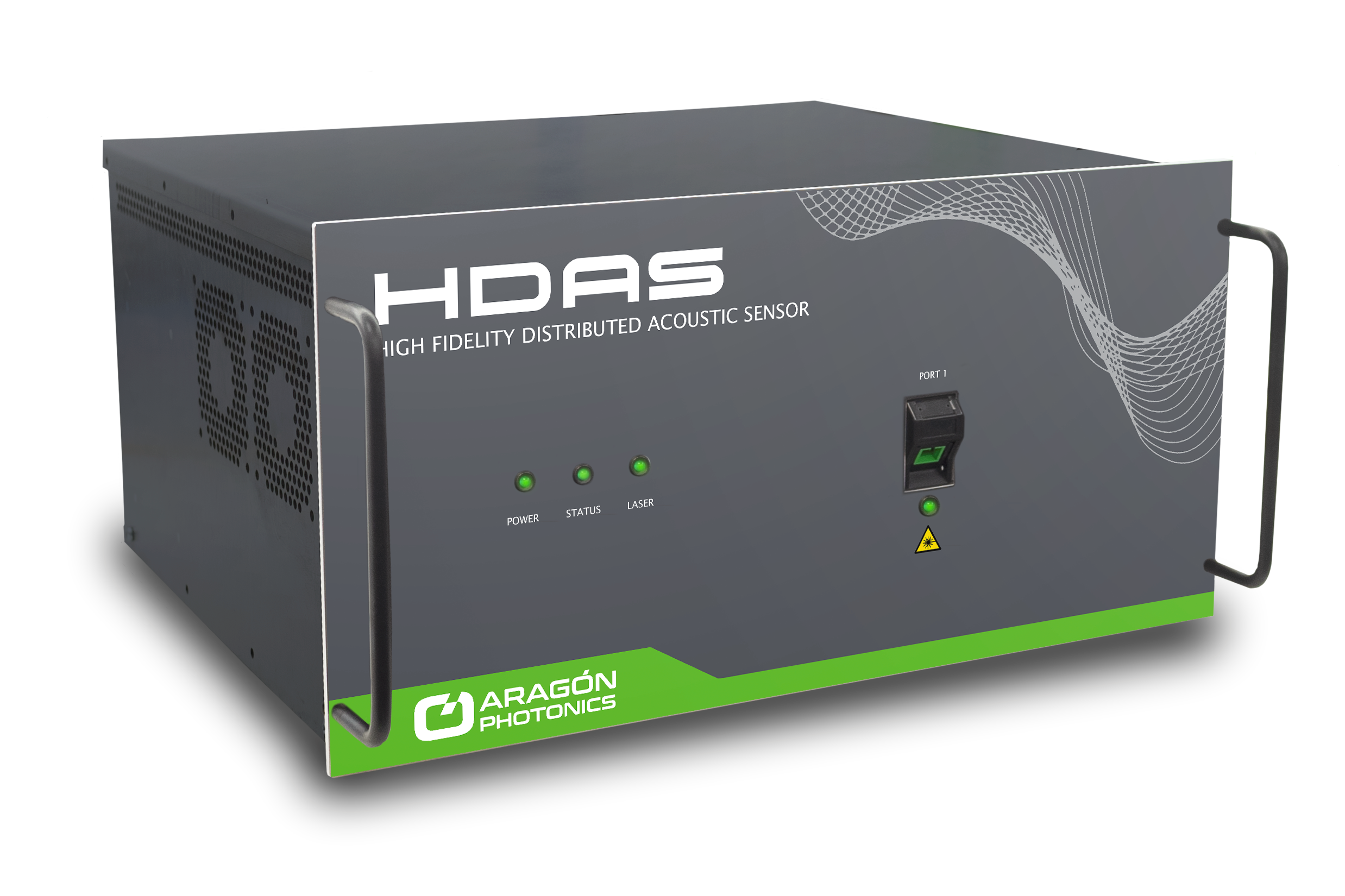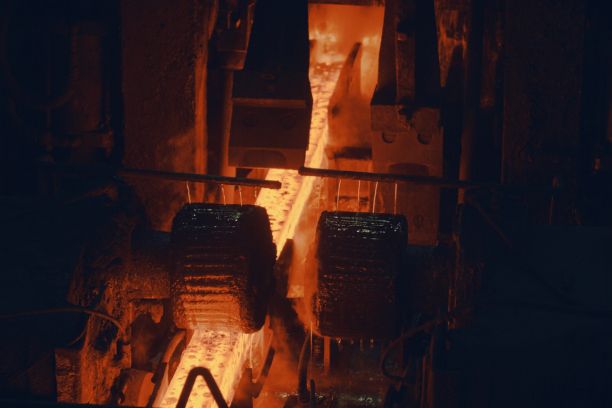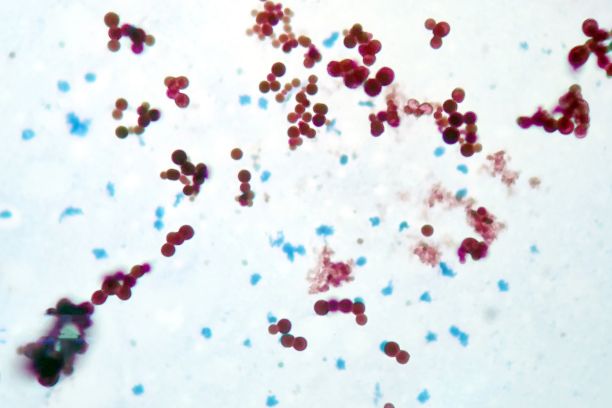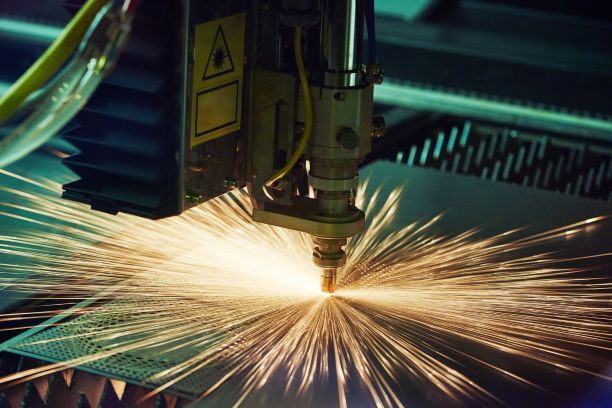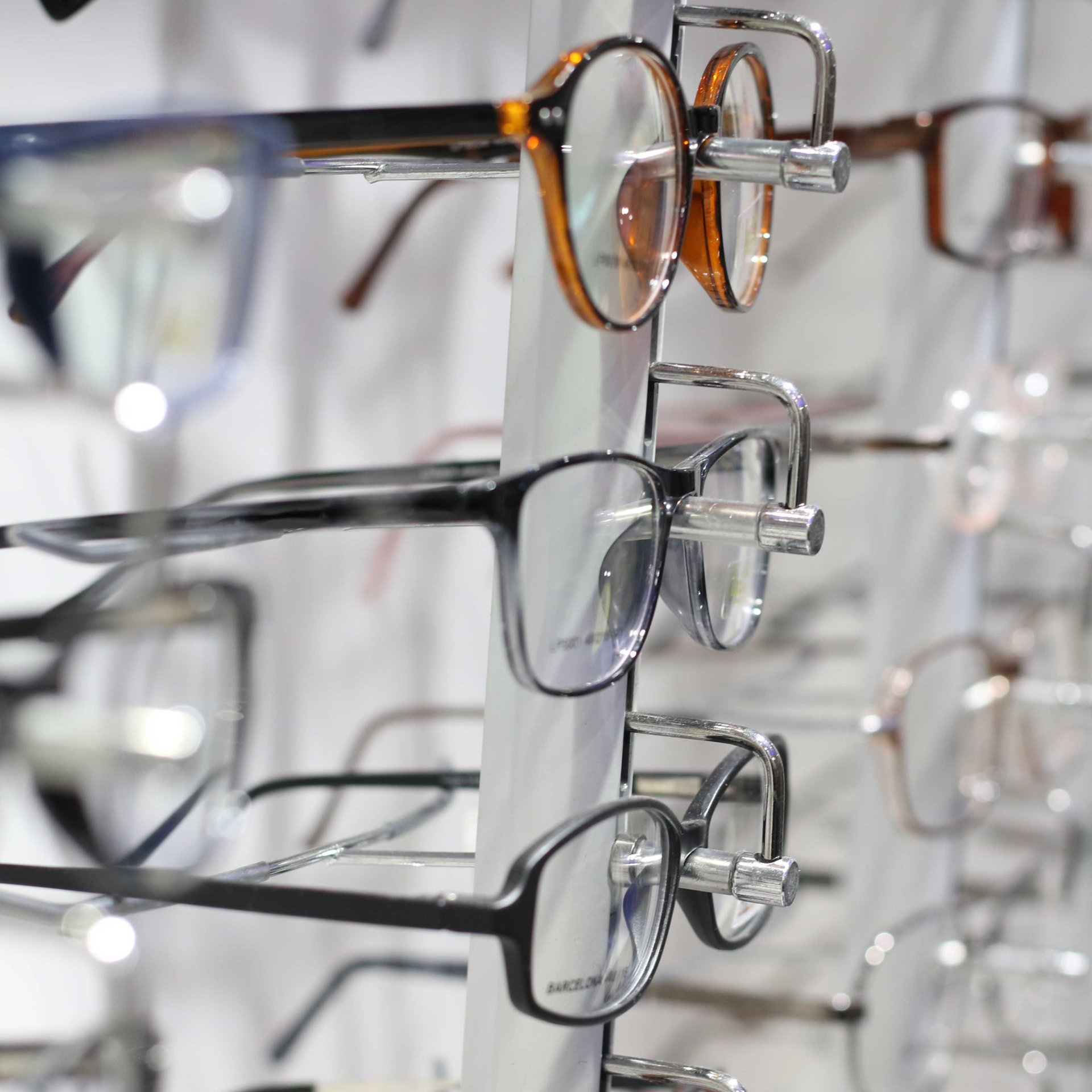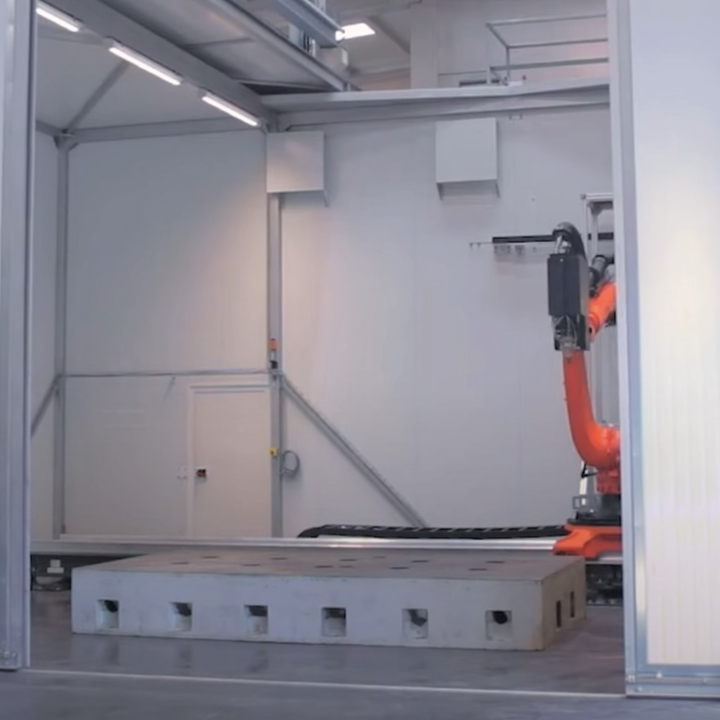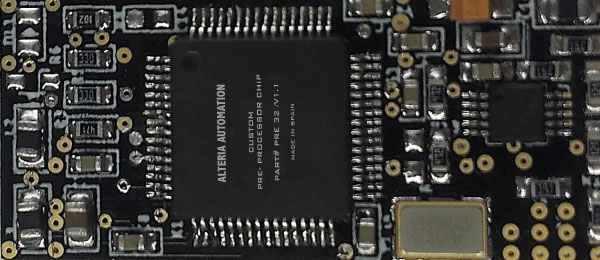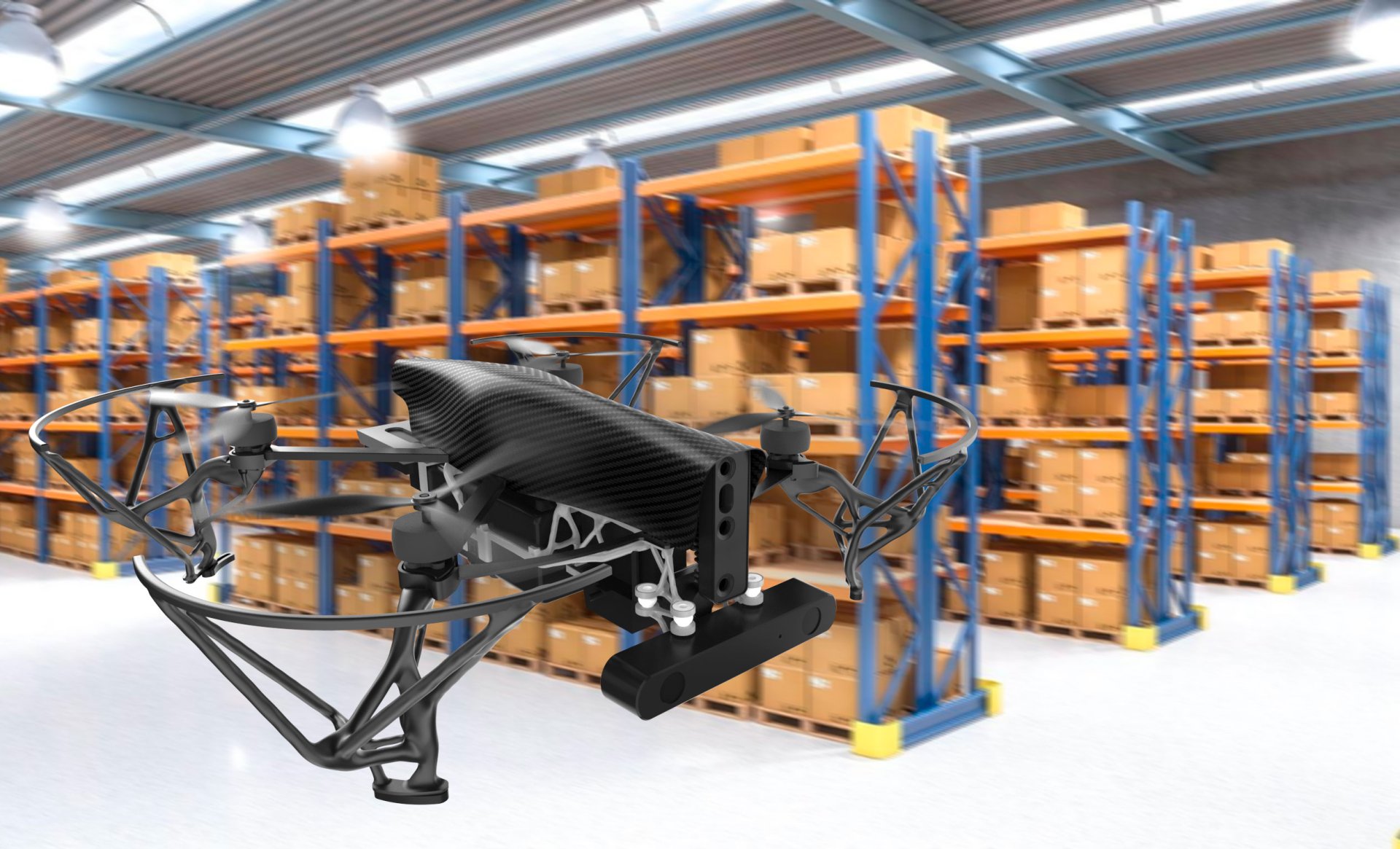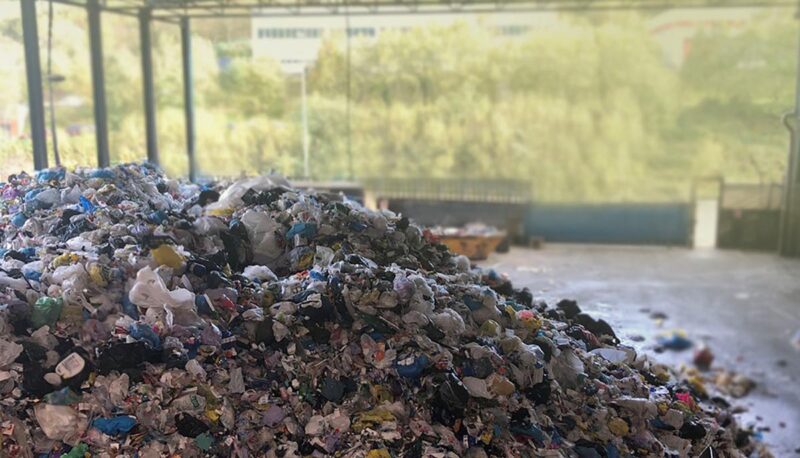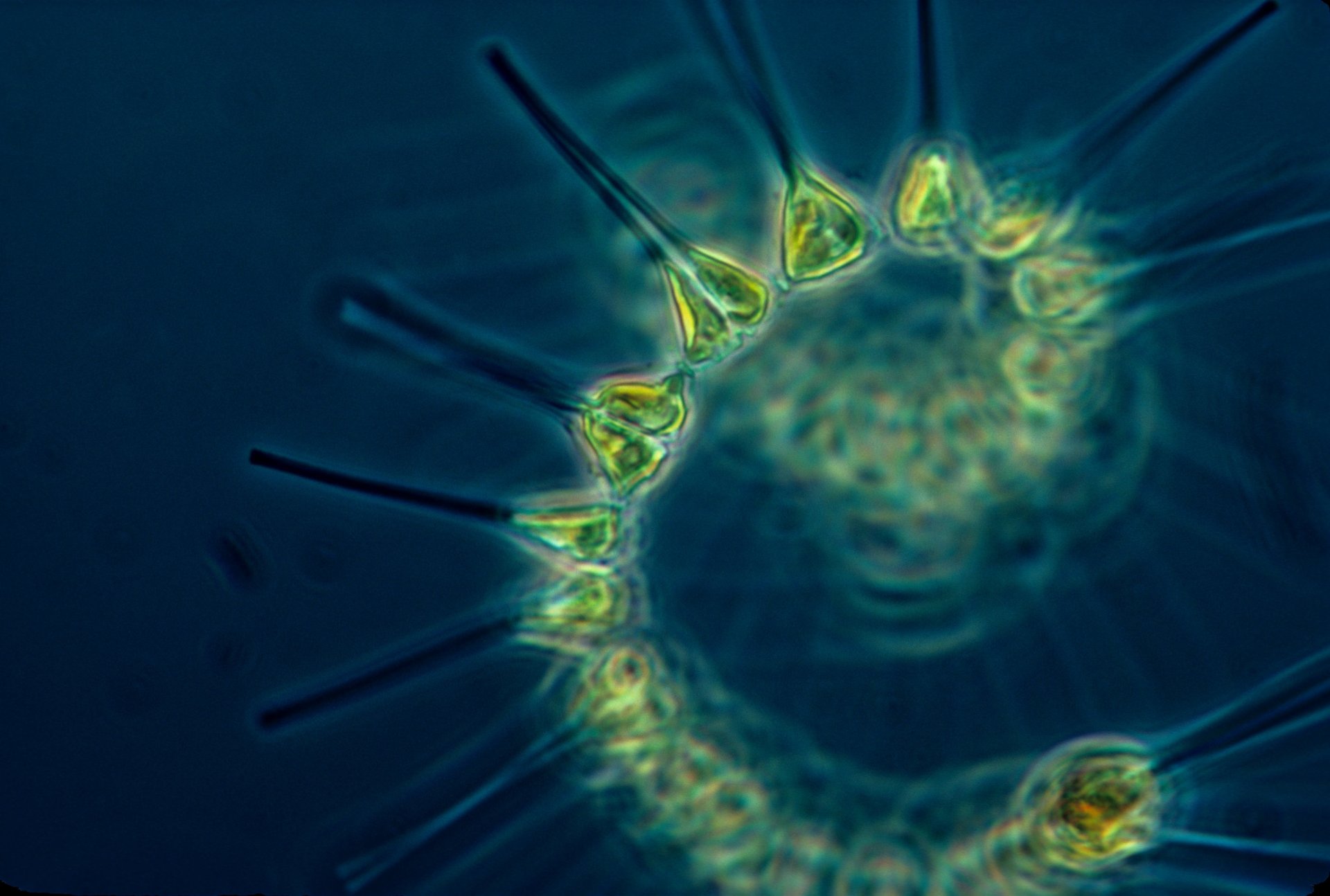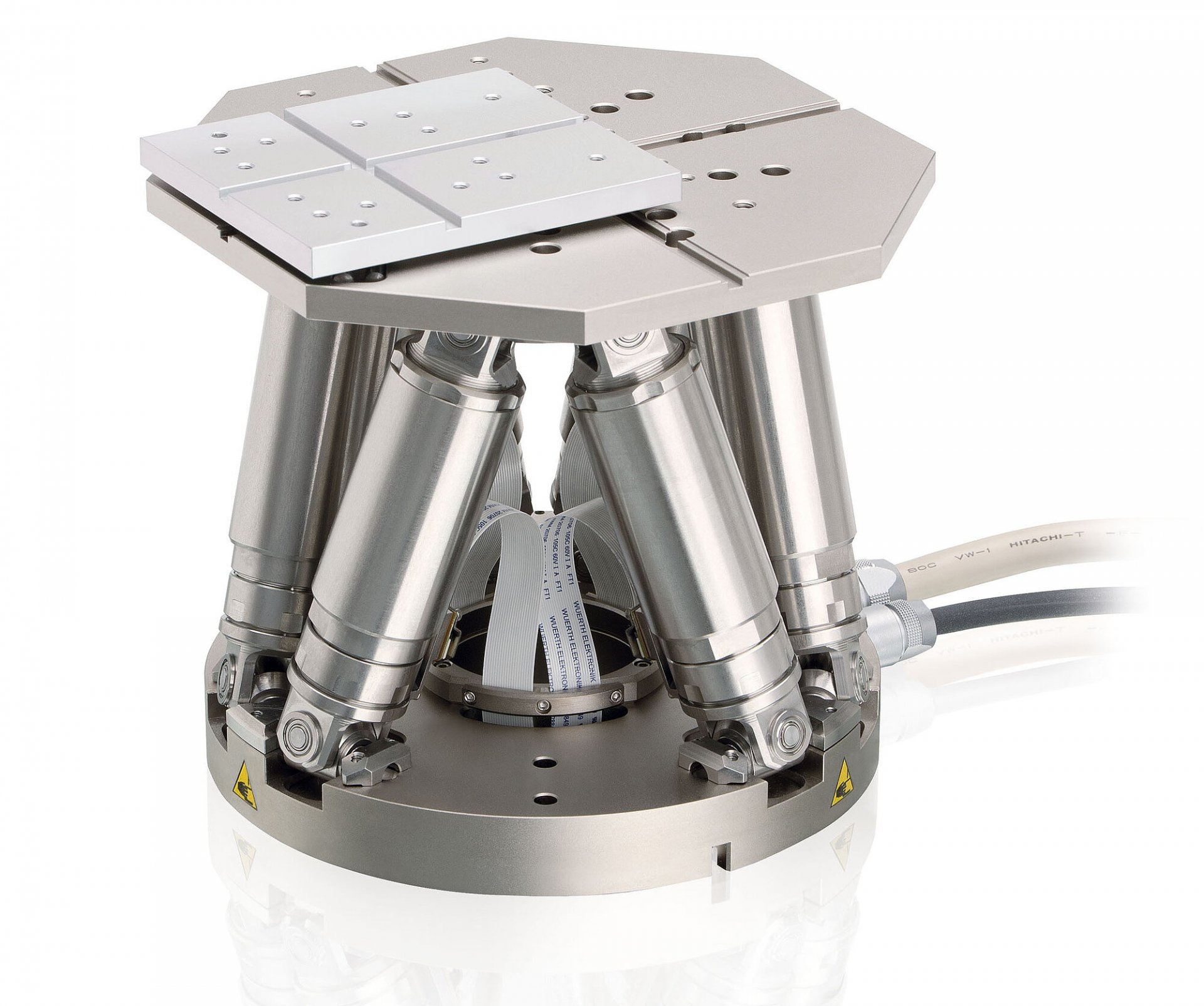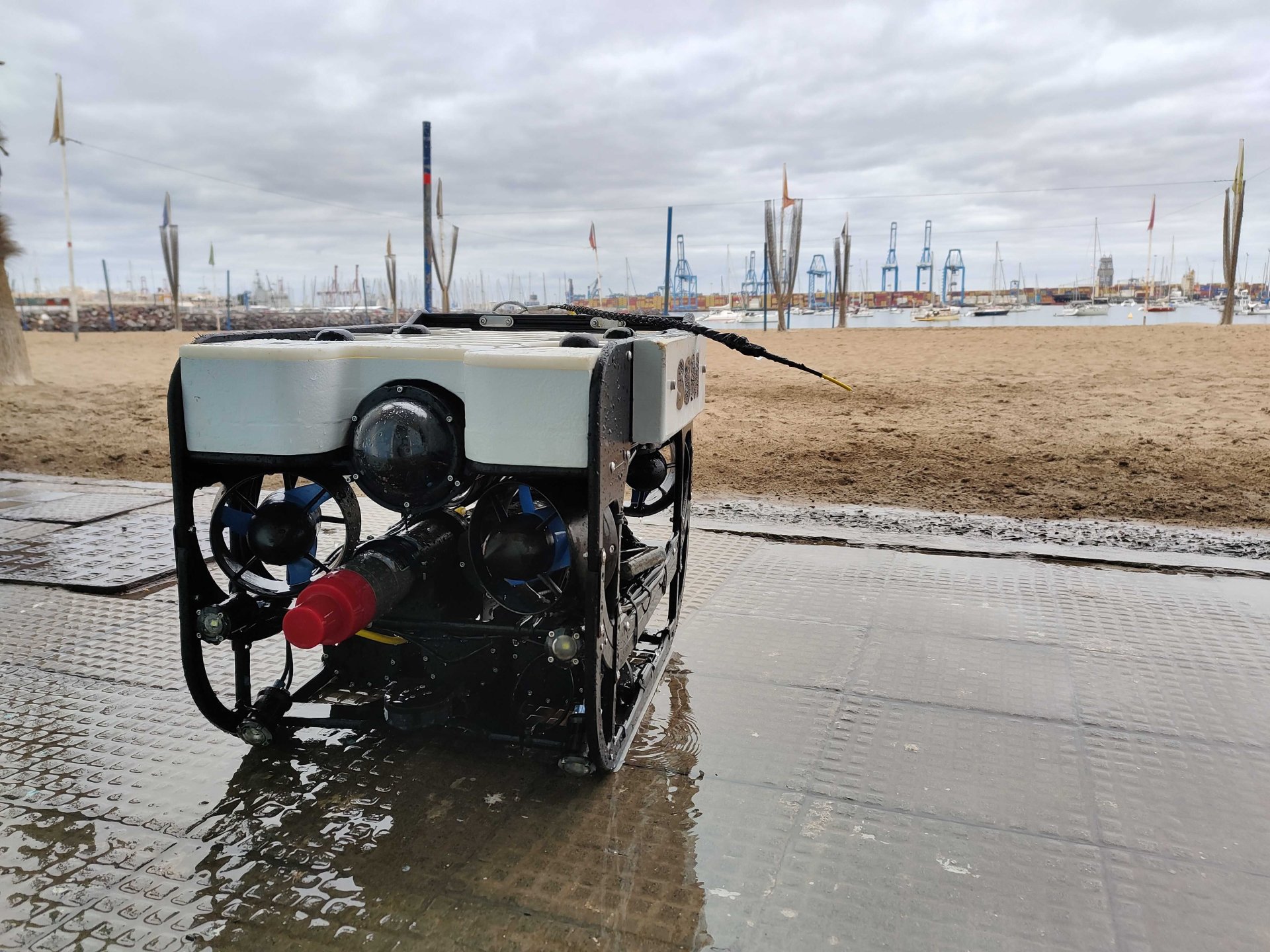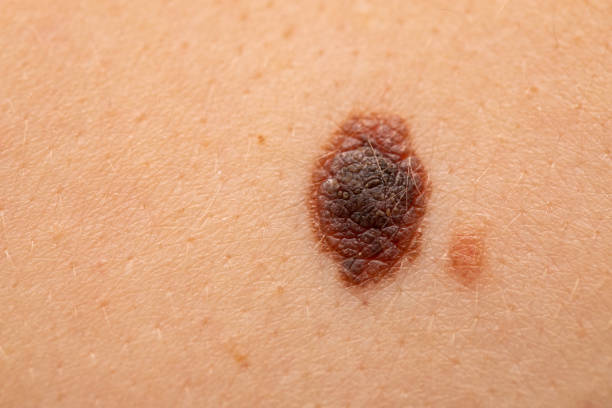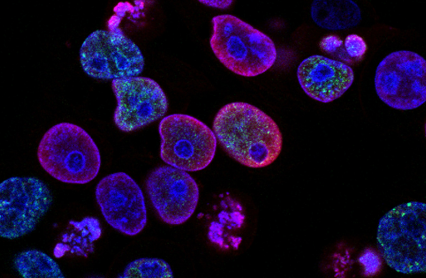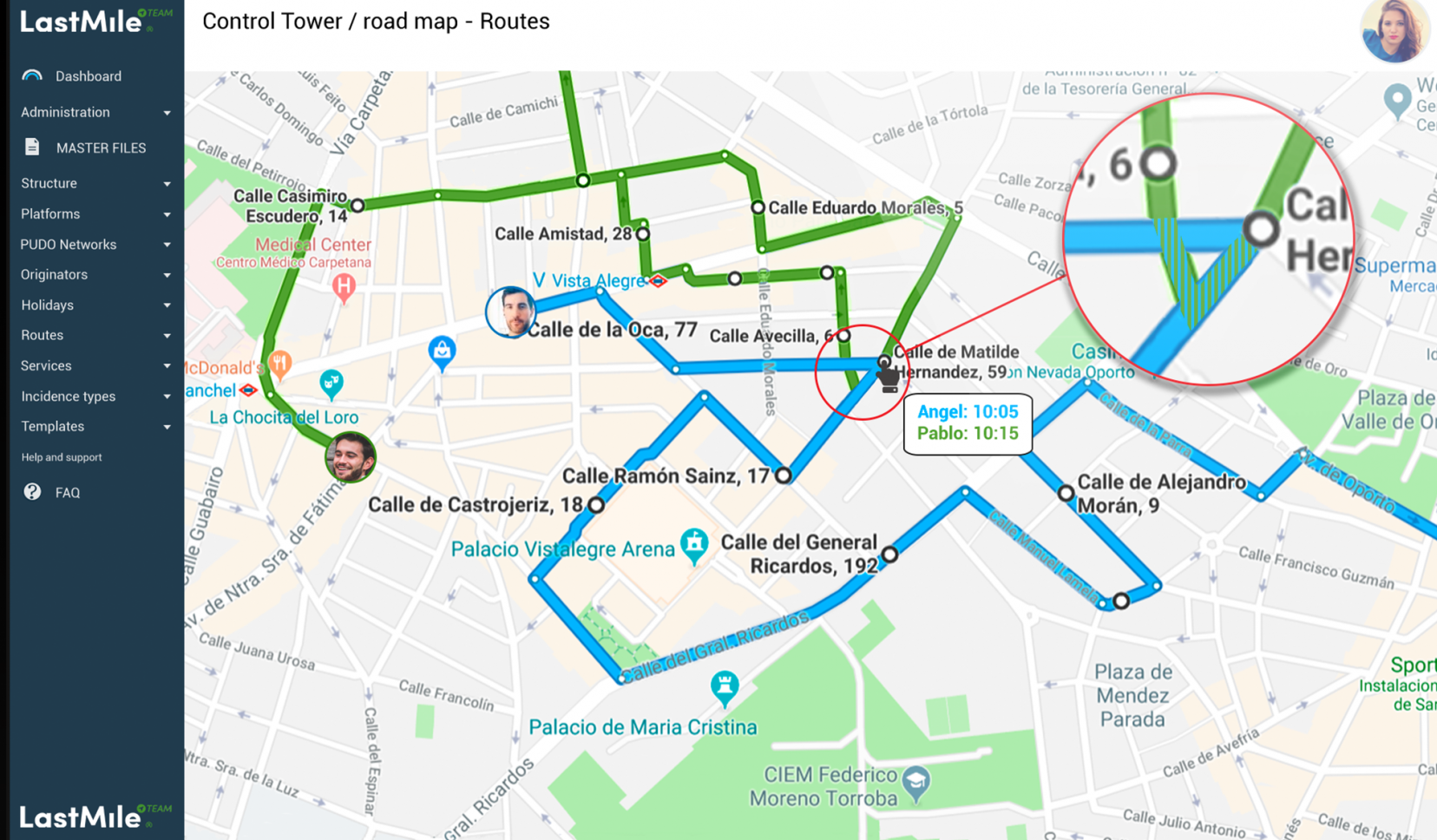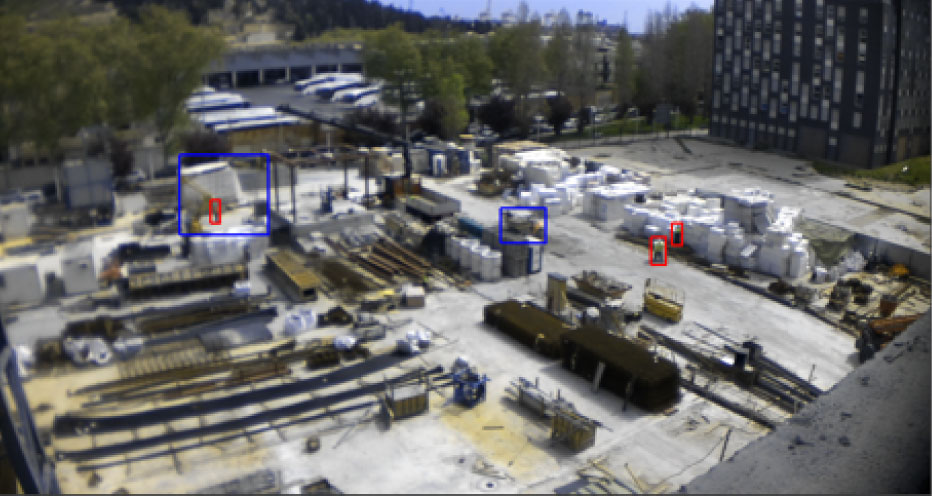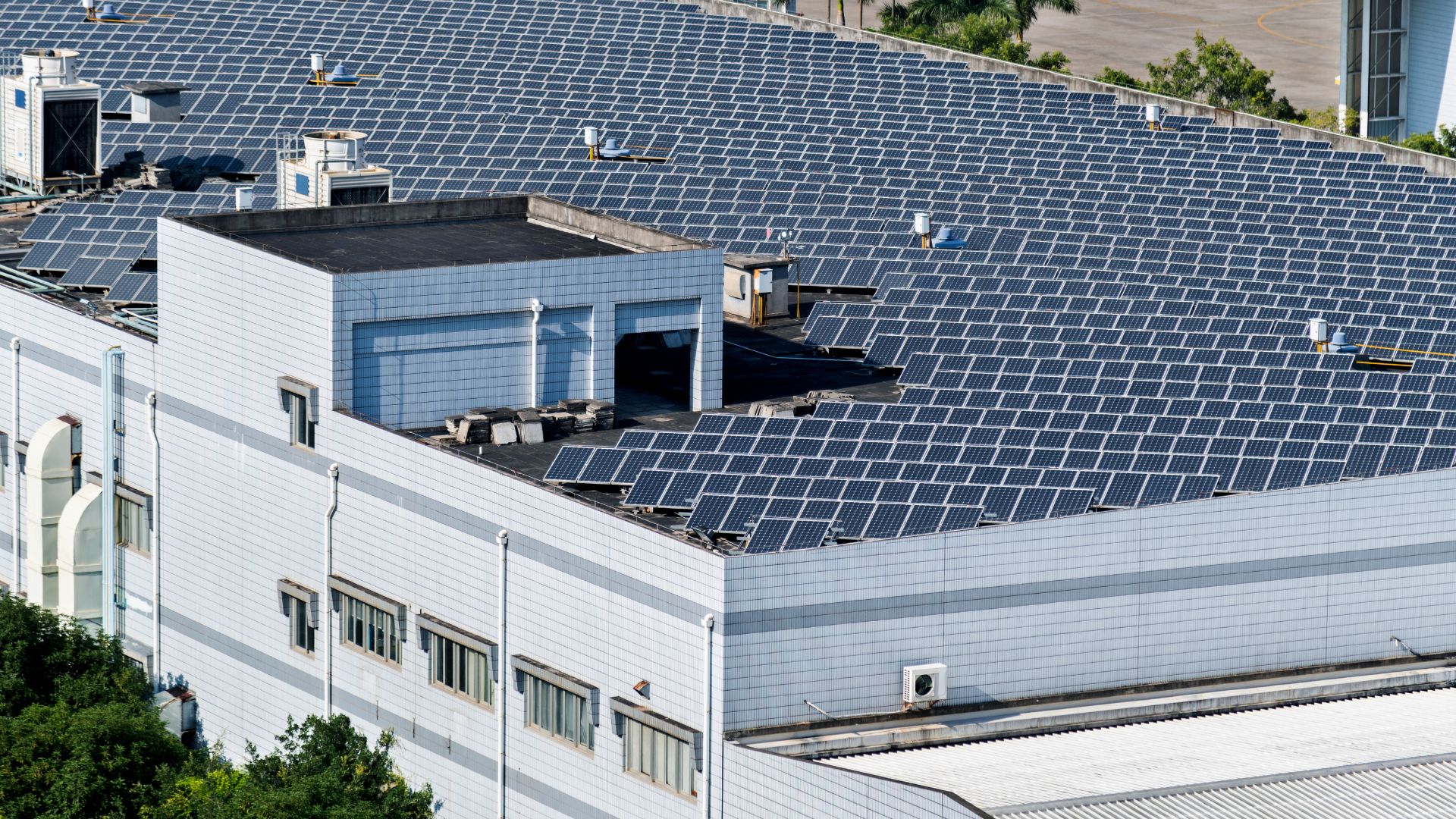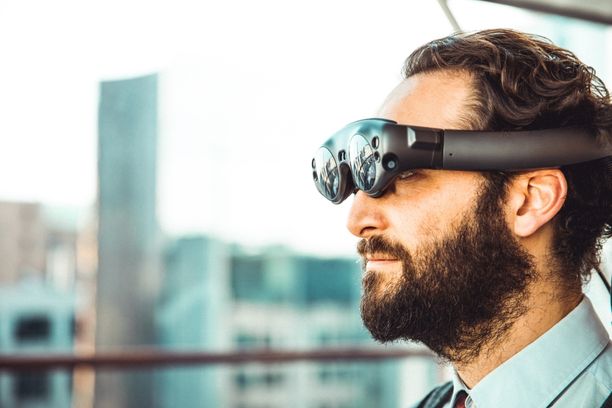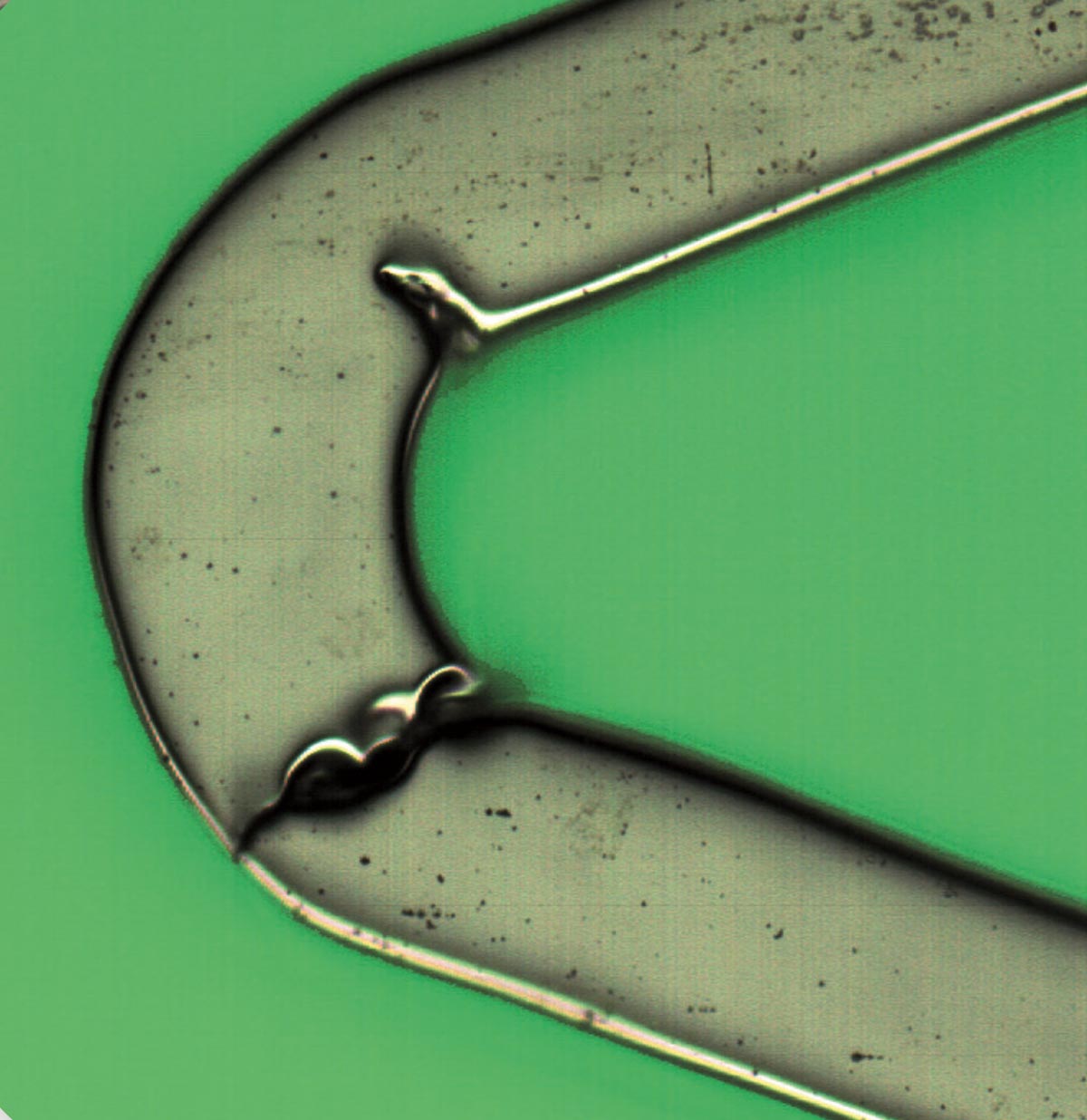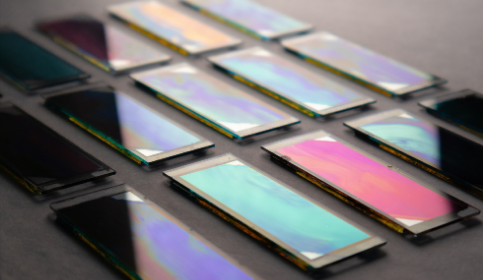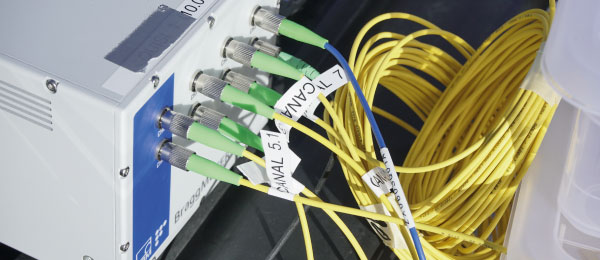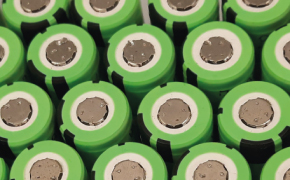LASERCOLEST
Reducing cholesterol levels non-drug and non-invasively with revolutionary laser treatment
LASERCOLEST is this pioneering healthcare initiative that combines scientific advances with the urgent need for innovative solutions to address hypercholesterolemia.
The project is the result of the collaboration of a consortium formed by the Institute of Photomedicine, Radiantis, Alter Technology, Draco Systems and Vidorreta Design, with the coordination of secpho. It also builds on recent research, such as that carried out by scientists at the University of Kansas, which has explored ultrasound-assisted laser techniques for the treatment of cholesterol, demonstrating significant advances in the safe and effective destruction of plaque.
The initiative has received funding from the Ministry of Industry, Trade and Tourism corresponding to Next Generation EU funds, canalised through the support programme for Innovative Business Groups, whose objective is to digitalise industry.
The current method of treatment, based on lifestyle changes and medications, has significant limitations.

The accumulation of fat in the blood vessels is to blame for many of the heart attacks and cardiovascular diseases that cause so many problems in our society. We could say that hypercholesterolemia is one of the silent epidemics of this century. Caused by the changes in diet and sedentary habits that appeared in the final decades of the 20th century, but also by hereditary genetic causes (so that some of those who suffer from it do so from childhood), hypercholesterolemia is one of the three main causes of cardiovascular disease (the main cause of death in men and women) as well as obesity and type II diabetes.
Cholesterol reduction is therefore a major concern for our society due to the high prevalence of cardiovascular disease worldwide. The current method of treatment, based on lifestyle changes and medications, has significant limitations, especially in pediatric populations.
The LASERCOLEST project seeks to fill this gap by offering an innovative and safe solution to reduce cholesterol levels through non-invasive laser therapy. Furthermore, this type of therapy could be implemented in both hospital and home settings, providing flexibility in the treatment of hypercholesterolemia in individuals of all ages and with any genetic predisposition.
The proposed laser therapy not only promises to be a safe alternative with no side effects, but is also envisioned as a personalized option compatible with other treatment approaches.
The central objective is to develop a medical device capable of destroying low-density lipid vesicles in cholesterol-carrying lipoproteins through the application of femtosecond transcutaneous lasers. The approach is based on Selective Photothermolysis, supported by scientific research demonstrating the ability of laser pulses to selectively fragment fat microvesicles without affecting the surrounding tissue.
The proposed technology uses a laser with a specific wavelength in the near infrared, which coincides with the absorption peaks of lipids in the blood. This approach is complemented by the ability to control the depth at which the breakthrough effect is generated, allowing the therapy to be directed into the blood vessels without affecting other tissues.
With this backing of strategic partners and a solid scientific basis, the project has developed a prototype demonstrator tested ex vivo on blood samples to demonstrate quantitative changes in cholesterol levels by laser application. As this is a research project, further progress must be made in testing the most suitable laser spectrum so that the reduction in cholesterol is significant.
In short, the consortium has tackled this novel application in which it will continue its research to improve the quality of life and offer effective and safe alternatives for the global population.

